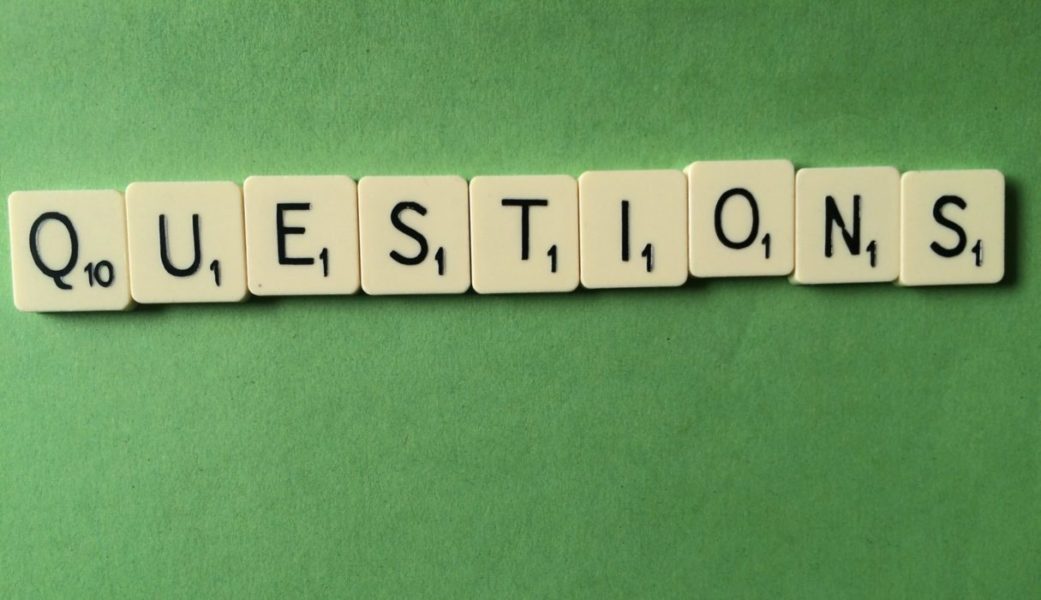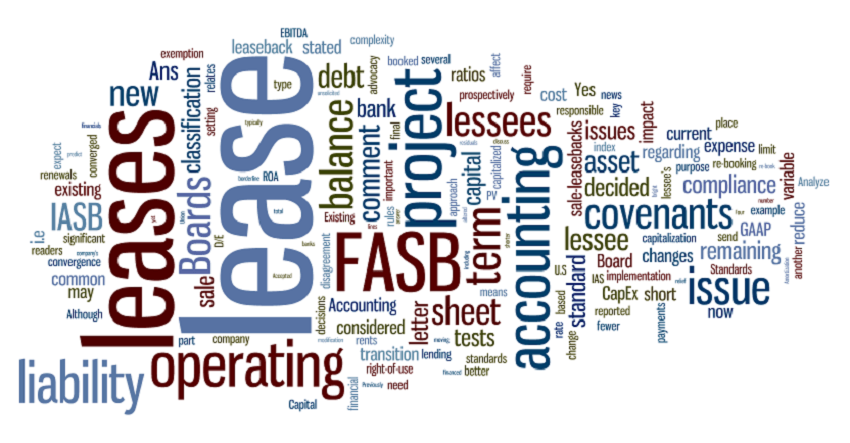Not long ago I supported an expert witness in a civil dispute. My team was hired by the defense. Throughout the course of our engagement I saw first-hand some of the tactics that plaintiff’s counsel employed to portray the defendant in a manner that was inconsistent with the evidence my team reviewed. Furthermore, I observed on numerous occasions the plaintiff counsel’s “abusive” tactics during the discovery phase.
Depending on one’s exposure to dispute matters, the spectrum of discovery abuse can range from “never seen it” to “seen it a lot.” Due to the realities of discovery abuse and its implications for practitioners, today’s post will discuss some of the strategies that practitioners can assist counsel in responding to what I call “risk of discovery abuse,” or the risk that opposing counsel may employ abusive discovery tactics.
Establishing objectives
As a general matter, practitioners should quickly establish with counsel an agreed-upon objective for discovery. Of course, the objectives may differ depending on the nature of the engagement (e.g., consultant vs. expert witness). In any case, practitioners should obtain sufficient relevant data, including documents and other evidence already in the client’s possession. On the surface this may seem straightforward, but in practice it can be difficult to do this, particularly in cases where the documents produced are voluminous or relevant documents may not yet have been produced.
Once sufficient relevant data is obtained, practitioners can then work with counsel to collect relevant information regarding opposing counsel’s work habits, style, and practices. This step may or may not be cost-effective. Recognizing this, at a minimum, it can inform both the practitioner and counsel of the risk of discovery abuse by opposing counsel.
Meaningful steps
There are a number of valuable resources on this topic, such as a 2013 publication by the Defense Research Institute and a December 2014 article published by Hopwood, Pacini & Young in the Journal of Forensic & Investigative Accounting entitled “Fighting Discovery Abuse in Litigation“, to name a few. A condensed version of this 2014 article can be found in Essentials of Forensic Accounting, published by Crain, Hopwood, Pacini & Young, 2015. This publication identifies number of ways in which practitioners and counsel may obtain relevant data to assess the likelihood and extent of potential risk of discovery abuse by opposing counsel. Indeed, there are multiple ways to understand opposing counsel’s litigation techniques and practices. Examples include:
- Observation of opposing counsel performing direct and cross-examinations, lodging objections, and engaging in opening and closing arguments at trial.
- Inquiry of lawyers who have litigated against opposing counsel.
- Inspection of trial court files for cases handled by opposing counsel.
Based on findings from this research, both practitioners and counsel can gather answers to questions, such as:
- What types of objections, if any, did counsel raise to various interrogatories?
- Did counsel file any motions for a protective order?
- Did counsel do a document dump or engage in otherwise abusive discovery practices?
- Did counsel ever refuse to comply with a court order?
- How did counsel respond to requests for admission?
- Did counsel often have motions to compel filed against him or her?
- Does counsel respond to discovery?
- Has counsel been sanctioned for misconduct?
Answers to these and other questions can assist practitioners and counsel in obtaining valuable information to assess the risk of discovery abuse.
Using precision when appropriate
In the discovery phase, depending on the nature of the information being sought, requests for evidence should be tailored sufficiently accurately and precisely so as to provide the highest likelihood of obtaining the information requested. For this purpose practitioners can provide counsel meaningful input in the preparation of discovery requests (such as financial-related or technical evidence).
When using precision, the legitimacy of opposing counsel’s objection can be diminished. Furthermore, this puts pressure on opposing counsel to offer precise or specific objections if the objections are to withstand judicial scrutiny. As one would expect, precision in discovery requests tends to have a higher likelihood of surviving a motion for a protective order from the opposing side.
Courses of action
There are, of course, various means of addressing the risk of discovery abuse. These can include keeping detailed records of requests, motions, and status, insisting that the counter-party provide a privilege log, seeking a protective order from the court, thereby placing limitations and conditions for violations, and seeking sanctions under the Federal Rules of Civil Procedure, Rule 37 for failure to cooperate in discovery.
As the saying goes, “an ounce of prevention is worth a pound of cure.” With this in mind, to the extent that practitioners and counsel believe, in consultation with the client, that the potential benefits of conducting such research on opposing counsel may exceed the costs, practitioners can offer valuable assistance to counsel and their clients to effectively address discovery-related abuses.






